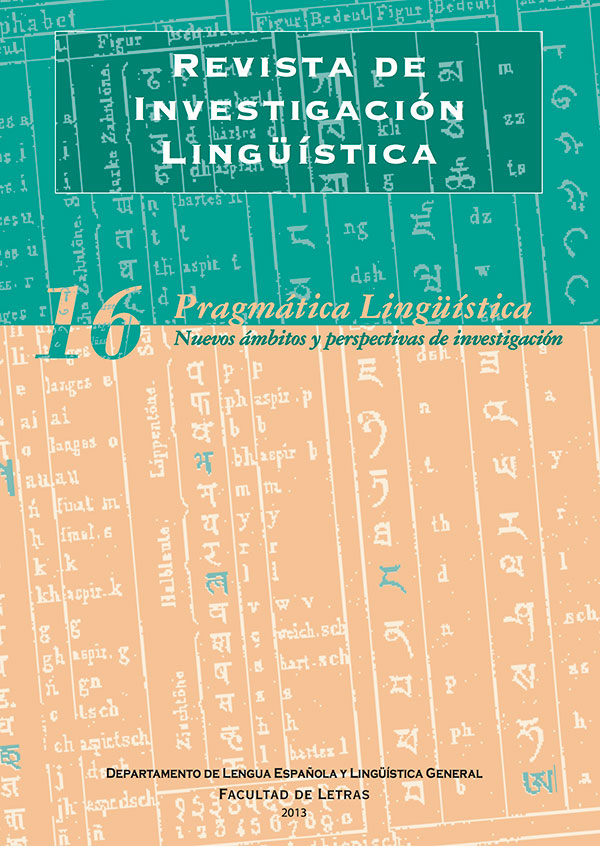Sexism and language. What do discursive approaches say?
Abstract
Discursive and conversational contexts are the best fields in linguistic sexism to see the asymmetry between its participants. There are some symptomatic indicators of unbalanced relations of power emphasized in this work, mainly because of the predominance of some discursive practices rooted in males. Benveniste's theory of the mind highlights formal elements in enunciation that function as «marks» of the speaker's perspective in relation with the participants in terms of domination, solidarity, cooperation or manipulation. It seems important to detect these asymmetries in order to point them out and act with precaution. This way it will be possible to design rules of interaction that redefine the roles and promote changes in social representations (the so called gender ideologies).Downloads
-
Abstract1074
-
PDF (Español (España))725
The works published in this magazine are subject to the following terms:
1. The Publications Service of the University of Murcia (the publisher) preserves the economic rights (copyright) of the published works, and favors and allows the reuse of same under the license of use indicated in point 2.
2. The papers are published in the electronic edition of the magazine under a Creative Commons Attribution-NonCommercial-NoDerivative 3.0 Spain license (legal text). Papers may be copied, used, disseminated, transmitted and publicly exhibited if the following requirements are met: i) The authorship and the original source of its publication (magazine, editorial and URL of the work) must be cited; ii) The works cannot be used for commercial purposes; iii) The existence and specifications of this user license must be explicitly mentioned.
3. Self-archiving conditions. Authors can electronically disseminate pre-print versions (version before being evaluated) and / or post-print versions (version evaluated and accepted for publication). This makes possible its circulation and diffusion earlier and with it a possible increase in its citation and reach among the academic community. RoMEO color: green.









